Perpetual Movement: Christopher K. Morgan
The newly appointed Artistic Director of Dance Place, Christopher K. Morgan knows exactly why you need more dance in your life

“When I first came here in 1998 to dance with Liz Lerman, I was kind of overwhelmed by the omnipresence of government and NGO’s, and people working in those environments,” says Christopher K. Morgan. “As an artist, I felt isolated, but I also felt super special. I remember walking around downtown, I was headed to something at the old Corcoran space, and it was around 6:30 in the evening, so there was just this sea of nothing but navy blue suits. And I was wearing bright red jeans, and silver platform sneakers, and gigantic sunglasses — and I didn’t even think that I was dressed that strangely.
“But I remember just feeling so clearly how different I was,” the 42-year-old choreographer continues. “And it was a simultaneous feeling of isolation, which had a little bit of negative connotation, and also, ‘Aren’t I fabulous in this sea of navy suits?’ And I think that’s partly what makes the art scene here important, and wonderful.”

Despite — or, perhaps, because of — that initial isolation, Morgan has spent years fostering a creative home for dancers, and artists in other disciplines, as the artistic and executive director of the contemporary dance company Christopher K. Morgan & Artists. In 2017, CKM&A itself found a new home — a permanent residency at Dance Place, a vibrant, iconic performing arts and education center in Brookland. Morgan also was named the new Executive Artistic Director of the nearly 40-year-old Dance Place, entering a fresh phase in a career that’s seen the California native move from dancing across many of the world’s finest stages, into the roles of educator, administrator, curator, and producer.
Meanwhile, he continues to innovate in his choreography and performances, as with his acclaimed 2017 solo piece Pōhaku, a deeply personal hula-inspired dance exploring his native Hawaiian heritage. This March, Dance Place will celebrate CKM&A’s inaugural season in residency with two evenings of performances, including the return of Morgan’s popular audience-participation improv piece, Unpredictable Repeat Hesitation, and a world premiere choreographed by CKM&A’s assistant director Tiffanie Carson.
Although the performances will mark a milestone of Morgan’s growth within the D.C. arts community, he hasn’t lost sight of the core challenges that face creators everywhere: namely sustaining funding and audiences. In addition to the ever-present money issue, the physical, emotional, and logistical demands can push even the most talented and dedicated performers to their limits. Morgan firmly understands the fusion of nature and nurture that’s crucial for developing successful dancers.
“There are definitely things about the field that create a thickened skin for dancers. The rigor of mastering your body in whatever form you’re studying, whether it’s ballet, or modern, or salsa, or hip-hop, requires a lot of criticism,” he says. “Whether that’s criticism from a teacher, a choreographer, or yourself, you’re critiquing, ‘Okay is this being executed correctly, well, efficiently, inefficiently? Could I do it harder, faster, lighter, slower, or elegantly?’ All of those things. So there’s a constant self-analysis that I think can wear people down.”
A professional dancer’s life is not for the faint of heart, or frail in spirit. Morgan was happy to shed light on embracing the struggle, seeking fulfilment, and facing fierce competition.
METRO WEEKLY: An aspect of dance that’s part of the common perception is that dancers are tough. Does dance create that toughness, or do tough performers go into dance?
CHRISTOPHER K. MORGAN: I’ve been in other environments where there might be a portfolio review that I sat in on, for some visual artists, and that can be hard because that’s a visual artist pouring themselves into their work, but it’s also removed from them. Whereas in dance when we’re critiquing, we’re looking at the person, and we’re sometimes pointing at their actual body parts and saying, “If this could just lift a little more while you keep that down….” This is an actual conversation that happens on the regular in a dance class. There’s something so personal about that.
I think that creates a thickened skin, and it also — I say this with a little twinge of sadness — sometimes starts to weed out people who can’t take that. And therein I think lie some of the problems around our educational systems, and how do we nurture people while continuing to constructively critique them? And that’s broader than just dance education. But dance is one that can be pretty rigorous on its participants. So I think it’s a bit of both nature and nurture. There’s something about people who are instinctively gritty and tough, and can take that kind of self-analysis.
MW: And the pain. It’s so physically painful. Are dancers masochists?
MORGAN: It’s so funny. Sometimes I think with dancers, suffering through the pain — I don’t know if it’s exactly masochism or a point of pride. I never wanted to be the person that couldn’t do the thing that was asked of me. If I was shown a step that I’ve never seen before, I would just figure it out. And then if it still wasn’t going well, I’d go home and figure it out in the privacy of my living room. In that way I think it also then directly connects to, even if I’m suffering, I will continue to execute what is being asked of me. But for me, that was more a point of pride than masochism.

MW: Like Kerri Strug vaulting at the 1996 Olympics?
MORGAN: Flipping through the air and landing on one foot, and the other one is broken. Oh, my gosh.
MW: Trump’s recently proposed federal budget would totally defund the NEA and NEH. What would those cuts mean for companies like yours, and for Dance Place and institutions like it?
MORGAN: It would be incredibly detrimental to an organization like ours, and to the broad community we serve. Whether that’s our youth in our programs that are finding healthy options for what they can be doing with their time after school, and during summer breaks. It would be detrimental to the artists that we serve, that we bring into our space. It literally would undermine all the funding, because with the NEA, it’s not just the funding that they provide, it’s also a kind of seal of approval on an arts organization, that they have passed the rigors of this national budgeting process. Once an organization receives NEA funding, it’s so attractive for other donors to support that organization, because they know they’ve passed that rigorous test.
There are many other rigorous processes we go through, but [the NEA] is so important, both for the dollars it provides and the seal of approval it lends. Not to mention how NEA funds go to every district in the country. Those NEA dollars trickle down, oftentimes going to other funding bodies, like state arts councils, that then redistribute those funds. So elucidating how directly those funds show up in our neighborhoods is also really important. I love that artists will always do their work, and I appreciate that, but the work has so much more resonance when it’s supported by an institution like the NEA, and the NEH, and our government.
MW: Why do you think it needs to be the government?
MORGAN: I think that as a society, because we live in a democracy, and we often struggle to come to consensus, there are areas where the government can lead us forward. I think racial equality was a perfect example for that, with the Civil Rights Act. I think popular approval did not meet anywhere near 50 percent, if it were taken to a nationwide vote. But the government led us into that, and approved it. This is a different type of example, but I think sometimes we as a society need to be led into situations, and I think art support is part of that.
The other thing that I think is important is that culture is so lasting, because it imprints itself into our beings in many ways, and I think supporting that as a society speaks really deeply to what we value. Human connection, beauty, struggle, challenge. Witnessing these things, carrying them forward, carrying our stories forward. If we, as a society, start to abandon that, to me that feels like such a tragic loss that goes beyond just the funding. That feels like a larger kind of cultural shift in our society that makes me question our humanity.

MW: We are getting to that point where people question those things because there’s a lot of nastiness out there.
MORGAN: There sure is.
MW: Ballet is often depicted as being ruthlessly cutthroat, such as Red Sparrow, with Jennifer Lawrence as a ballerina in the Bolshoi, and Black Swan. Is that kind of competition something you’ve witnessed in the modern and contemporary worlds, or is that primarily a ballet thing?
MORGAN: Having studied ballet, and having it greatly influence my movement vocabulary, I’m not sure if competition is something that’s exclusive to ballet. I mean, it can seep out into any environment. I also don’t know if that’s completely true of all ballet. I’ve definitely known ballet dancers that have told me horror stories. But most of the dancers I know are generally supportive and interested in seeing people succeed. Especially in this time where it feels like the arts are under threat, whether that’s the threat we were just talking about with the NEA, or also shifting interest in dwindling audience sizes, and evolutions in certain art forms, and who they attract. I think artists supporting each other is going to be a key part of continuing to develop those audiences, and make sure that they’re there.
MW: Are you partnered, or married?
MORGAN: Married, officially, to Kyle Lang. We got married the May after Maryland approved gay marriage, and just a couple weeks before DOMA was struck down.
MW: Is your husband in the arts?
MORGAN: We met as dancers when we lived in New York City back in 2005. And he’s retired from dance, but now directs and occasionally choreographs opera. Just a few weeks ago I went to Italy to see a piece he choreographed in Naples, and next week he leaves for North Fork, Virginia, where he’s directing their Lucia di Lammermoor, which will actually tour right here in George Mason as well. So yeah, he’s a prolific opera director and choreographer.
MW: How is married life between two creative minds and personalities?
MORGAN: Personalities are great. He’s this charming, cute, southern boy from Bogalusa, Louisiana, and I love him so much. He’s real sweet. We’re very fortunate, and we also get along in great ways. It’s nice that our artistic lives have evolved into different tracks. He’s very connected to dance still, because he occasionally choreographs, but he’s in a parallel performing arts field, so there’s a lot of understanding, and there’s also a lot of things that we can share, and talk about, and learn from each other that makes it exciting. When we met as dancers, I was already starting to think about more becoming a choreographer, so it also was fortunate because we didn’t feel too competitive with each other at that time.
MW: Why do you feel that somebody who doesn’t dance for a living needs dance in their life?
MORGAN: There are a few things that I think about in that regard. One is, you know rhythm is the very first thing that we experience when we’re inside our mother’s womb, and it connects us, our heartbeat, to each other for the entirety of our lives. It’s ever present, we can’t get away from it. And our instinct to move, I think, is so deeply tied to that. And our instinct to physically connect to each other through touch, through dance, through love making, through friendship, through handshakes, through hugs, through bumping on the street, is also intimately tied to that.
We come into this world literally connected to someone else. So at our core as beings, I think this idea of rhythm, movement, and human connectivity is just so completely ingrained in us, and yet, contrary to that core, we’ve created a society that’s full of isolation. And in the recent ten to fifteen years, we’ve become increasingly isolated through the development of technology that’s meant to connect us, but often separates us.
So dance, for me, is a really immediate remedy to that. Whether you’re participating in the dance directly, or whether you’re viewing it, and I think we all should be doing both, frankly. It connects us back to our sense of rhythm — even if it’s a dance in silence, there’s always some inherent rhythm. Even if it’s a really off kilter rhythm, there’s always a sense of musicality in it because people are somehow keeping time. It connects us physically to one another. So many dance forms are involving touch, and human connection, and connect us to each other because we start having these visceral reactions to what we’re seeing when we connect to it. And we all move — we all have to move. We have to walk to the metro, we have to walk to the car, we have to walk up the stairs, we have to use our hands to make something, and the movement that’s embedded in all of our daily lives is actually a beautiful dance.
I’m always shocked when people say they’re not dancers. To me, I’m like, “Everyone’s a dancer.” Everybody truly is a dancer. We move so much, and when I see choreographers that are masters of highlighting pedestrian movement, and making it into beautiful art, to me that’s so powerful because it’s allowing us all to look at the choreography of people navigating each other on the metro. And everyone knows to stand on the right, and pass on the left. That’s a beautiful choreographic decision that we’ve all come to a consensus on.
All of these things that we do are just so natural, and how to highlight them, and create that sense of the real beauty in that, is so important. And how it also connects us all as humans. That’s something I’m super interested in. I like to highlight difference and embrace it. I think difference is gorgeous, actually, and it allows learning to happen. But also that difference can exist side by side, that’s something that dance does very well in my opinion, and that’s something that, in this moment, to my view, in this society we need more of. How can difference really exist together?

MW: Staying on the theme of difference, some people might assume that identifying as gay in dance, or in the arts, is as much of a benefit as it is a challenge. Has that been the case for you? Or is that too reductive a point of view?
MORGAN: I feel very fortunate that in the arts, being gay has never been problematic, as I know it can be in other fields. So I feel super fortunate about that. I was trying to think if it’s ever been an advantage, in this moment of equity, diversity, and inclusion, that are the taglines to so many things, all things I really believe in, and espouse, and that need to be named in order to make sure they stay present.
Yet, in the same breath, I think if there’s equity, the other two things are taken care of. So sometimes I wonder about how we name them in a trio. For a couple years now, I’ve been hearing them as a little triumvirate, but in the moment when I started to see it, time and time again, I just started thinking about it. I was like, “You know, but if there’s equity…”
MW: The other stuff is happening.
MORGAN: Yeah. In this time of equity, diversity, and inclusion, perhaps it has been an advantage that I wasn’t privy to. Perhaps I was embraced to diversify a community. I know for sure that my nondescript ethnic identity was often embraced, as a way to diversify a community. That is for certain. I’m especially thinking of my performing career. Sometimes you could just tell by who was left in the audition. “Oh, they’re trying to create a diverse looking cast,” which I think is a wonderful thing. Clock, “Oh, I’m one of the three brown-ish boys left,” and then there’s like three dark-ish boys left, and then there’s like the Asian group, and then there’s the white group, and then there’s the counterparts on the female side. Okay, great, cool, that’s nice.
MW: Does that effort start to feel too programmatic?
MORGAN: Sometimes it can feel like tokenism, absolutely. I think as a choreographer my native Hawaiian identity started to really play into my work in a particular evening length work I premiered two years ago, called Pōhaku, which is a Hawaiian word for stone. That toured to ten venues around the country, and it got national level funding support, which was wonderful. It was an important story that I was happy to tell through the medium with which I make dances. And I think that was a combination of there’s no one doing this, so that makes it unique, and also no one’s doing it because there are very few Hawaiian contemporary choreographers.
So my racial and ethnic identity played to my favor in that regard. And even more so, I think my nondescript ethnic identity — I’m half Hawaiian, I’m Chinese, I’m Japanese, I’m German, I’m Irish. I am all these things. But when you look at me, oftentimes people are like, “Are you Latino, are you Filipino, are you a quarter Black, and like three-quarters white?” Yeah, I’m a melting pot. That’s definitely been to my advantage at times.
I had a really interesting moment several years ago, as my role as an arts leader was developing. I was the artistic director of my company, I was several years into my curatorial role for Dance OMI, a choreographers’ residency in upstate New York, and I was asked to this kind of arts leadership summit. And it was a multi-day retreat, and an arts administrator that I met for the first time on that trip — a really well-known arts advocate who’s worked in lots of important organizations around the country — said to me, “Oh, it’s really great to get to know you, because as a fellow man of color, I’m always happy to meet LGBTQ people of color rising to arts leadership.”
And he says, “You’ll do great, you’ll get a pass.” I was like, “What do you mean by a pass?” And he said, “Well, don’t take this the wrong way, but you’re kind of a non-threatening ethnic. And you’re well-spoken, and so when people are looking to invite people to the table to speak with, and to advocate for, you’re gonna be a good choice, because you’re not gonna threaten them, and you can talk to them.”
And I was blown away. These were things I knew about myself, I know I can speak about my work relatively well, I know I can advocate for the work of others very well. I had experience of a lot of times people didn’t know what I was racially and ethnically, so sometimes that created interesting conversations, and then to have him codify it in those ways and say, “That will actually get you a seat at certain tables, that other people might not get.”
I was also slightly mortified. You know, going back to that idea of tokenism, and yet, what an important thing to be at the table and have the discussion, and then that’s the moment when you say, “Actually, there’s lots of room at the table, we can seat more people at this table. Let’s bring more folks to the table. And let’s just share the food that we have, because there’s plenty of food, so share it.”
MW: What does the future hold?
MORGAN: In the twenty years since I arrived in D.C., I think there’s been a much greater embracing of arts, and especially for locally grown art. I want to position Dance Place, which has already been supporting that homegrown evolution, to do that even more in the future. And to support artists in ways that allow them to really dig and grow roots here, so that this is a vibrant, artistic home for them.
I was surprised how great a home this has been for my art. When you look on the surface as the nation’s capital, and all the industry that does thrive here, I didn’t necessarily think this would be a great place to be an artist, and it has been a wonderful place for me, and I want to provide mechanisms through Dance Place that continue to foster that for others.
Christopher K. Morgan & Artists inaugural season performance is March 24 and 25, at Dance Place, 3225 8th St. NE. Tickets are $15 to $75. Call 202-269-1600, or visit danceplace.org.
Support Metro Weekly’s Journalism
These are challenging times for news organizations. And yet it’s crucial we stay active and provide vital resources and information to both our local readers and the world. So won’t you please take a moment and consider supporting Metro Weekly with a membership? For as little as $5 a month, you can help ensure Metro Weekly magazine and MetroWeekly.com remain free, viable resources as we provide the best, most diverse, culturally-resonant LGBTQ coverage in both the D.C. region and around the world. Memberships come with exclusive perks and discounts, your own personal digital delivery of each week’s magazine (and an archive), access to our Member's Lounge when it launches this fall, and exclusive members-only items like Metro Weekly Membership Mugs and Tote Bags! Check out all our membership levels here and please join us today!




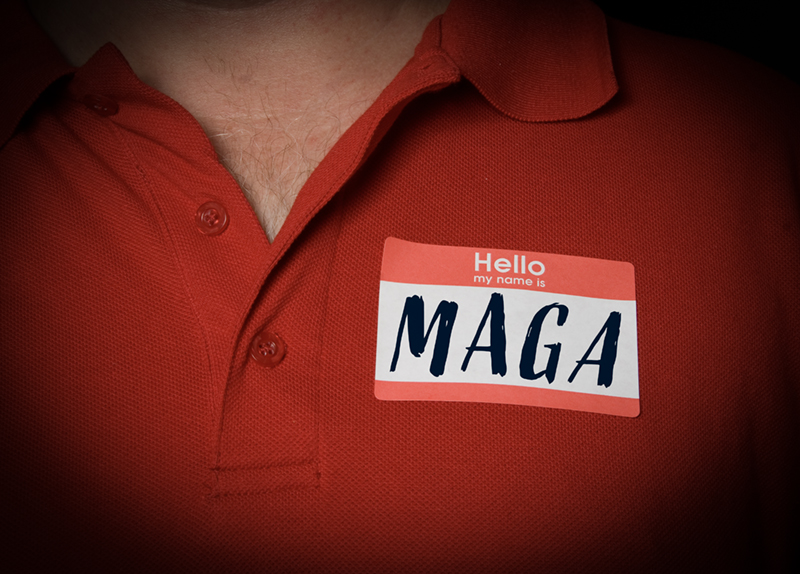
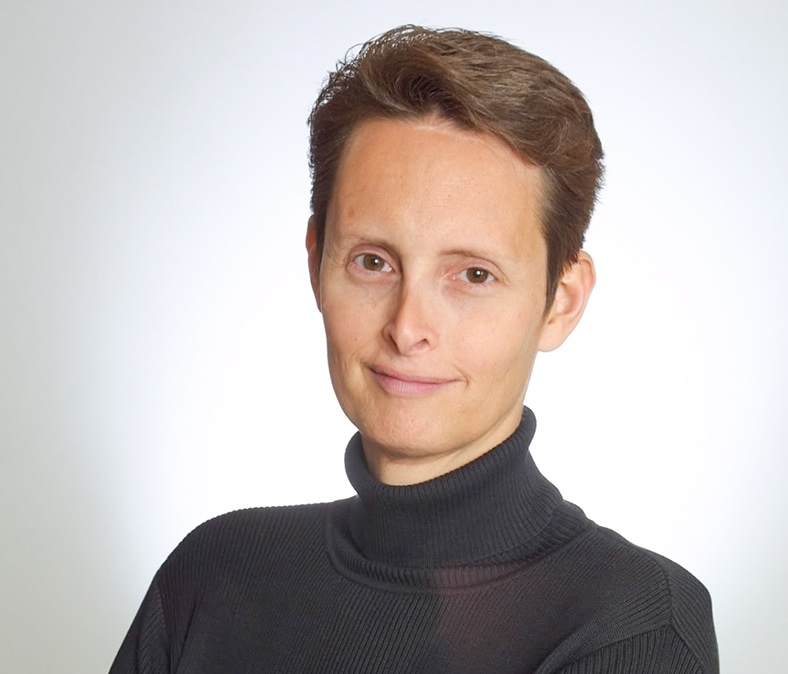
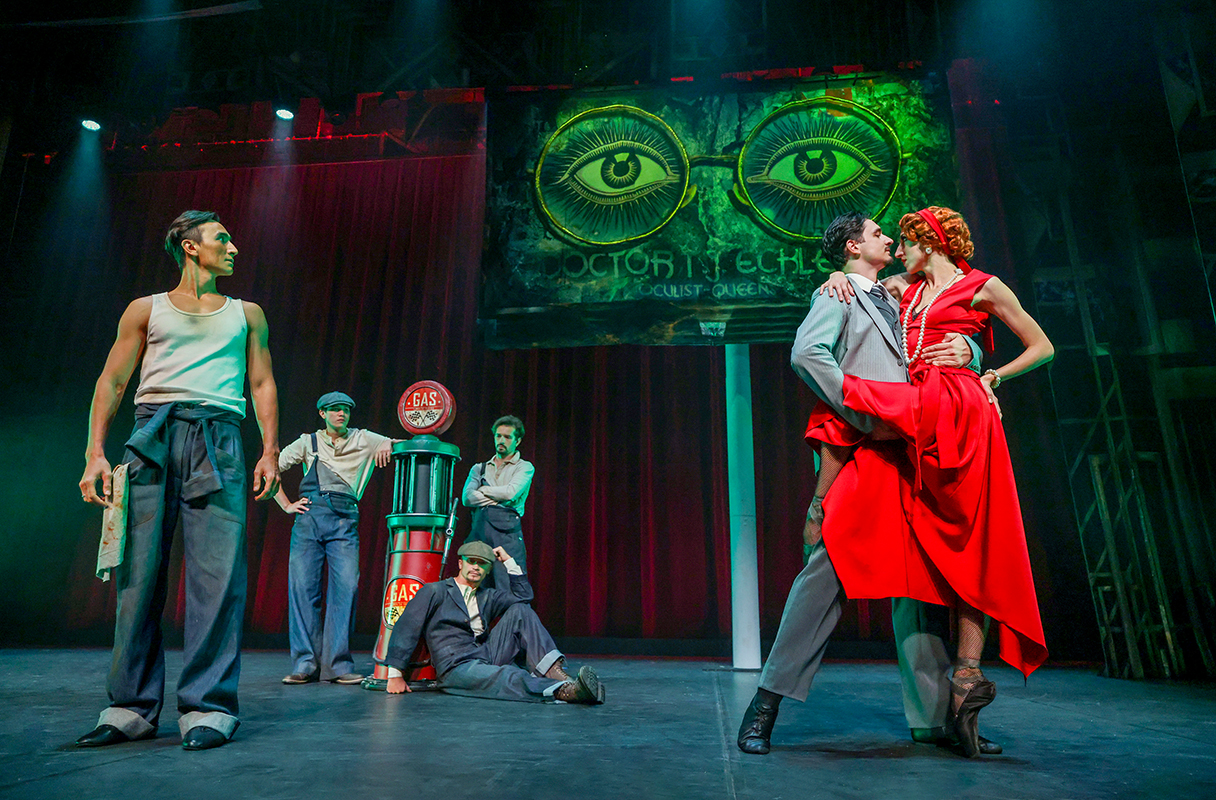













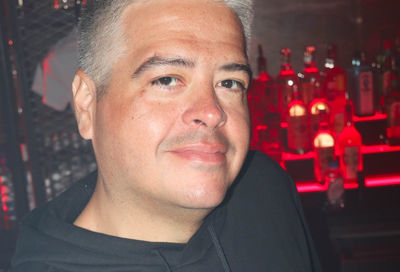
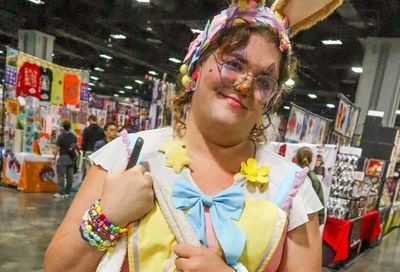
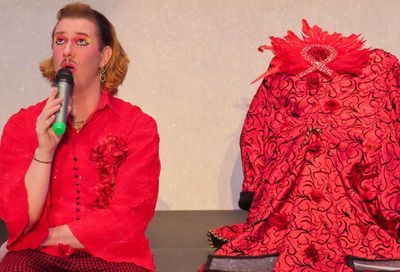
You must be logged in to post a comment.